Home>Furniture & Design>Office Furniture>What Is The Best Office Chair
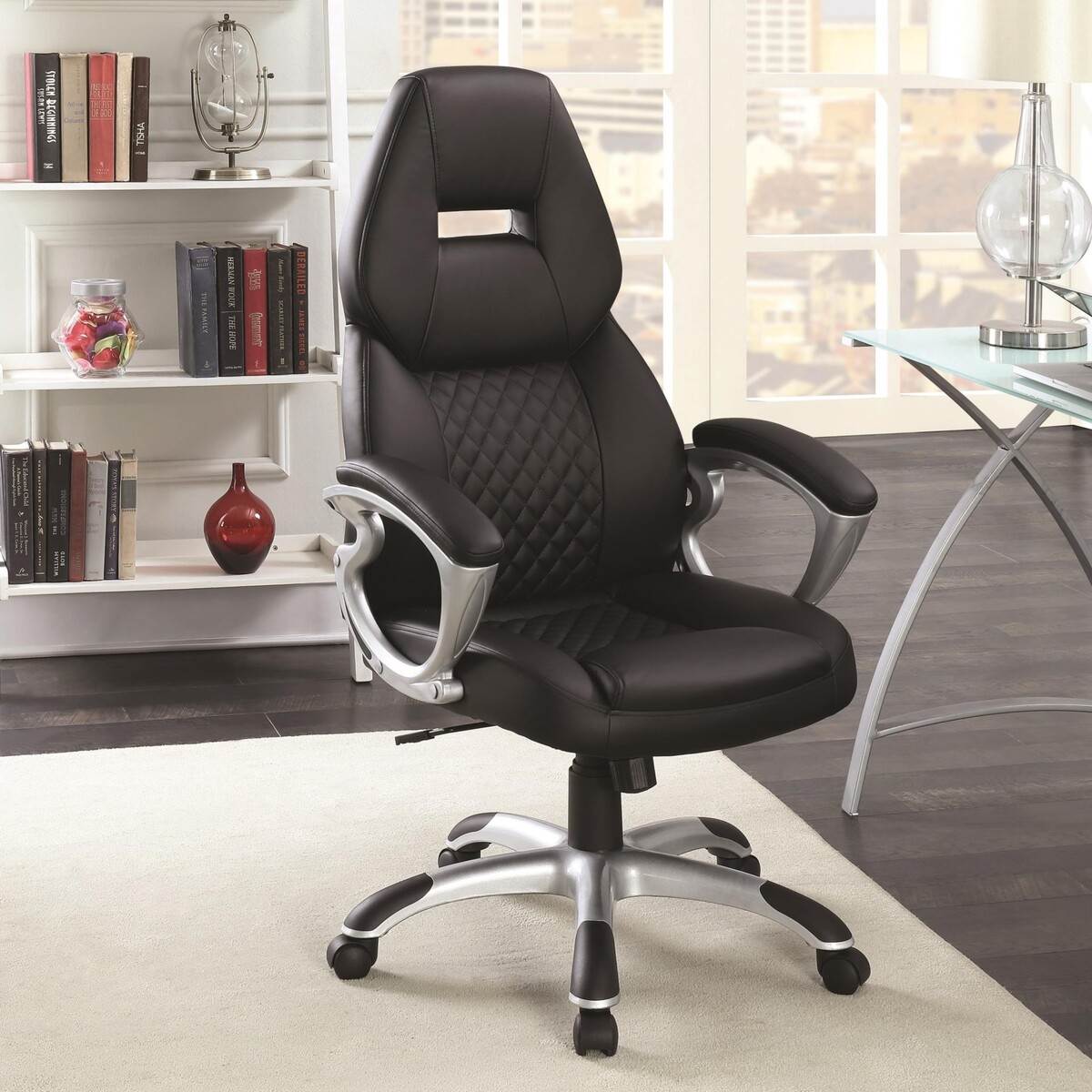

Office Furniture
What Is The Best Office Chair
Modified: February 17, 2024
Discover the best office chair for your workspace with our expert guidance. Find the ideal combination of comfort and style at our office furniture and design store.
(Many of the links in this article redirect to a specific reviewed product. Your purchase of these products through affiliate links helps to generate commission for Storables.com, at no extra cost. Learn more)
Introduction
In the modern workplace, where long hours are spent sitting at a desk, the significance of a good office chair cannot be overstated. A comfortable and supportive office chair is not only essential for maintaining good posture and minimizing the risk of musculoskeletal issues but also contributes to overall productivity and well-being. Whether you're working from home, managing a bustling office, or setting up a cozy corner for creative endeavors, the right office chair can make a world of difference.
A high-quality office chair is designed to provide adequate lumbar support, promote healthy sitting postures, and reduce strain on the body during prolonged periods of sitting. With the ever-increasing prevalence of remote work, the importance of investing in a suitable office chair has become more pronounced than ever. By understanding the key factors to consider when selecting an office chair and familiarizing oneself with the various types and features available, individuals can make informed decisions that positively impact their comfort and productivity.
In the following sections, we will delve into the crucial aspects of office chair selection, including the factors to consider, the different types of office chairs, and the features that can enhance comfort and functionality. By the end of this comprehensive guide, you will be equipped with the knowledge needed to choose the best office chair for your specific needs and preferences. Let's embark on this journey to discover the perfect seating solution for your workspace.
Key Takeaways:
- Invest in a high-quality office chair with adjustable features and lumbar support to prioritize your comfort, productivity, and long-term well-being in the workplace.
- Understand the diverse types and essential features of office chairs to make an informed decision that aligns with your specific needs and enhances your workspace experience.
Read more: What Is A Task Chair Vs. Office Chair
Importance of a Good Office Chair
Amidst the countless considerations that go into creating an ergonomic and conducive workspace, the significance of a good office chair cannot be emphasized enough. A well-designed office chair plays a pivotal role in promoting comfort, productivity, and overall well-being in the workplace. Here are several compelling reasons why investing in a high-quality office chair is paramount:
- Posture and Comfort: A good office chair is engineered to provide adequate lumbar support and promote healthy sitting postures. By offering adjustable features such as seat height, armrests, and backrest tilt, it enables users to customize their seating position for maximum comfort and spinal alignment.
- Productivity and Focus: Comfortable seating fosters a conducive environment for sustained focus and productivity. With the right support and cushioning, individuals can concentrate on their tasks without the distraction of discomfort or muscle strain.
- Prevention of Health Issues: Prolonged sitting in an unsupportive chair can lead to a range of musculoskeletal problems, including back pain, neck strain, and poor circulation. A good office chair helps mitigate these risks by providing proper support and reducing the physical strain associated with prolonged sitting.
- Customized Support: Many high-quality office chairs are equipped with adjustable features that cater to individual preferences and body types. This level of customization ensures that users can tailor the chair to their specific comfort needs, enhancing their overall experience.
- Long-Term Well-Being: Investing in a good office chair is an investment in long-term health and well-being. By prioritizing comfort and ergonomics, individuals can minimize the potential for chronic pain and posture-related issues, thereby safeguarding their physical wellness.
By recognizing the pivotal role of a good office chair in shaping a supportive and health-conscious work environment, individuals and organizations can prioritize the well-being and comfort of their employees. The next section will delve into the essential factors to consider when selecting an office chair, empowering you to make an informed choice that aligns with your specific needs and preferences.
Factors to Consider When Choosing an Office Chair
When embarking on the quest to find the perfect office chair, several key factors should guide your decision-making process. By carefully considering these elements, you can identify a chair that not only aligns with your personal preferences but also supports your physical well-being during long hours of use. Here are the essential factors to keep in mind when choosing an office chair:
- Ergonomic Design: Prioritize chairs with ergonomic designs that offer proper lumbar support, adjustable armrests, and a comfortable seat cushion. The chair’s dimensions and contours should promote healthy posture and provide adequate support for the natural curvature of the spine.
- Adjustability: Look for chairs with a range of adjustable features, including seat height, backrest tilt, and armrest height. The ability to customize the chair to your body’s specifications is crucial for maintaining comfort and reducing physical strain.
- Material and Cushioning: Consider the materials used in the chair’s construction, as well as the quality of the cushioning. Breathable and durable fabrics, combined with ample padding, contribute to long-term comfort and durability.
- Stability and Mobility: Assess the chair’s stability and mobility features, such as a sturdy base, smooth-rolling casters, and swivel capabilities. These elements enhance ease of movement and accessibility within the workspace.
- Weight Capacity: Ensure that the chair’s weight capacity accommodates your specific needs. Selecting a chair with a suitable weight limit is essential for long-term durability and safety.
- Aesthetic Appeal: While functionality is paramount, the visual appeal of the chair should also complement the overall aesthetics of your workspace. Consider the chair’s design, color, and style to ensure it harmonizes with your existing decor.
- Price and Value: Evaluate the chair’s price in relation to its features, quality, and warranty. While it’s important to stay within budget, prioritize value and long-term comfort over short-term savings.
By carefully evaluating these factors and understanding their impact on your overall comfort and well-being, you can make an informed decision when selecting an office chair. In the following sections, we will explore the diverse types of office chairs available, each catering to specific preferences and requirements. This knowledge will further empower you to choose a chair that perfectly aligns with your individual needs and enhances your workspace experience.
When looking for the best office chair, prioritize adjustable lumbar support, comfortable padding, and a breathable fabric to ensure proper posture and comfort during long hours of sitting.
Types of Office Chairs
Office chairs come in a diverse array of designs, each tailored to specific work environments, tasks, and user preferences. Understanding the various types of office chairs can help individuals pinpoint the most suitable option for their unique needs. Here are some common types of office chairs:
- Task Chairs: Task chairs are versatile, compact, and typically feature swivel and tilt mechanisms. They are designed for general office tasks and are well-suited for individuals who require freedom of movement while working at a desk.
- Executive Chairs: These chairs exude a commanding presence and are often larger and more luxuriously padded than task chairs. Executive chairs are ideal for professionals who seek a combination of comfort, style, and ergonomic support.
- Ergonomic Chairs: Focused on promoting optimal posture and comfort, ergonomic chairs are designed to reduce strain on the body during prolonged periods of sitting. They often feature adjustable lumbar support, seat depth, and armrests to accommodate individual preferences.
- Mesh Chairs: Mesh chairs are characterized by their breathable mesh backrests, which provide excellent ventilation and conform to the user’s back for enhanced support and comfort. These chairs are popular for their modern aesthetics and breathability.
- Guest Chairs: Designed for reception areas, meeting rooms, or guest seating in private offices, guest chairs prioritize style and comfort for short-term use. They are available in various styles, from traditional padded designs to sleek, modern aesthetics.
- Conference Chairs: Conference chairs are tailored for use in meeting rooms and boardrooms. They are often cushioned for comfort during extended meetings and feature a range of designs, from traditional upholstered models to contemporary, minimalist options.
- Big and Tall Chairs: These chairs are specifically engineered to accommodate individuals with larger statures. They feature sturdy construction, generous proportions, and enhanced weight capacities to ensure comfort and support for taller or heavier users.
By familiarizing yourself with the distinctive features and benefits of each type of office chair, you can narrow down your options based on your specific requirements and preferences. In the subsequent section, we will explore the essential features to look for in an office chair, guiding you toward a well-informed selection that aligns with your individual needs and enhances your workspace experience.
Features to Look for in an Office Chair
When evaluating office chairs, it’s essential to consider a range of features that contribute to comfort, support, and overall functionality. By understanding these key attributes, individuals can make informed decisions and select chairs that cater to their specific needs and preferences. Here are the essential features to look for when choosing an office chair:
- Lumbar Support: Opt for chairs with adjustable lumbar support to maintain the natural curve of the spine and minimize lower back strain. Adequate lumbar support is crucial for long-term comfort and posture maintenance.
- Adjustable Armrests: Chairs with adjustable armrests enable users to position their arms comfortably and reduce strain on the shoulders and upper body. This feature accommodates a variety of tasks and promotes ergonomic support.
- Seat Height Adjustment: The ability to adjust the seat height ensures that users can position their feet flat on the floor, promoting proper posture and reducing pressure on the legs and lower back.
- Seat Depth and Width: Chairs with adjustable seat depth and width allow users to customize the fit to their body proportions, enhancing comfort and reducing pressure points during prolonged sitting.
- Backrest Recline and Tilt: A reclining backrest with tilt tension control facilitates dynamic sitting positions and relaxation during brief breaks, promoting blood circulation and reducing muscle fatigue.
- Quality Upholstery: Look for chairs with durable, breathable upholstery that provides comfort and longevity. High-quality fabrics or leather should offer both support and ventilation for extended use.
- Sturdy Base and Casters: A stable, five-point base with smooth-rolling casters ensures mobility and stability, allowing users to move freely within their workspace without strain or effort.
- Swivel Functionality: Chairs with a swivel feature enable users to easily access different areas of their workspace without straining or twisting their bodies, enhancing convenience and accessibility.
- Weight Capacity: Ensure that the chair’s weight capacity aligns with your specific needs to guarantee safety, stability, and long-term durability.
By prioritizing these features and understanding their impact on comfort, support, and ergonomic functionality, individuals can select office chairs that enhance their overall workspace experience. With a keen awareness of these essential attributes, you are well-equipped to make a well-informed decision and choose a chair that aligns with your specific requirements and preferences.
Read more: What Office Chair Is Best For Your Back
Conclusion
Choosing the best office chair is a decision that directly impacts your comfort, productivity, and long-term well-being in the workplace. By recognizing the pivotal role of a good office chair and understanding the essential factors, types, and features to consider, you are empowered to make an informed selection that aligns with your individual needs and preferences.
Investing in a high-quality office chair with ergonomic design, adjustable features, and supportive attributes is an investment in your physical health, comfort, and overall work experience. Whether you opt for an executive chair exuding sophistication, an ergonomic chair prioritizing posture and support, or a mesh chair offering breathability and modern aesthetics, the diverse range of office chair types ensures that you can find the perfect fit for your workspace.
As you embark on the journey to select an office chair, prioritize comfort, functionality, and long-term value. Consider the impact of lumbar support, adjustable features, material quality, and mobility on your overall well-being and productivity. By evaluating these factors and understanding their significance, you can confidently choose a chair that enhances your workspace experience and supports your physical health.
Ultimately, the perfect office chair is one that seamlessly integrates into your workspace, complements your work style, and prioritizes your comfort and support. With the knowledge gained from this comprehensive guide, you are well-equipped to embark on the quest for the best office chair, ensuring that your workspace becomes a haven of comfort, productivity, and well-being.
Remember, the right office chair is not merely a piece of furniture; it is a supportive ally in your daily work endeavors, contributing to your overall success and satisfaction in the workplace.
Frequently Asked Questions about What Is The Best Office Chair
Was this page helpful?
At Storables.com, we guarantee accurate and reliable information. Our content, validated by Expert Board Contributors, is crafted following stringent Editorial Policies. We're committed to providing you with well-researched, expert-backed insights for all your informational needs.

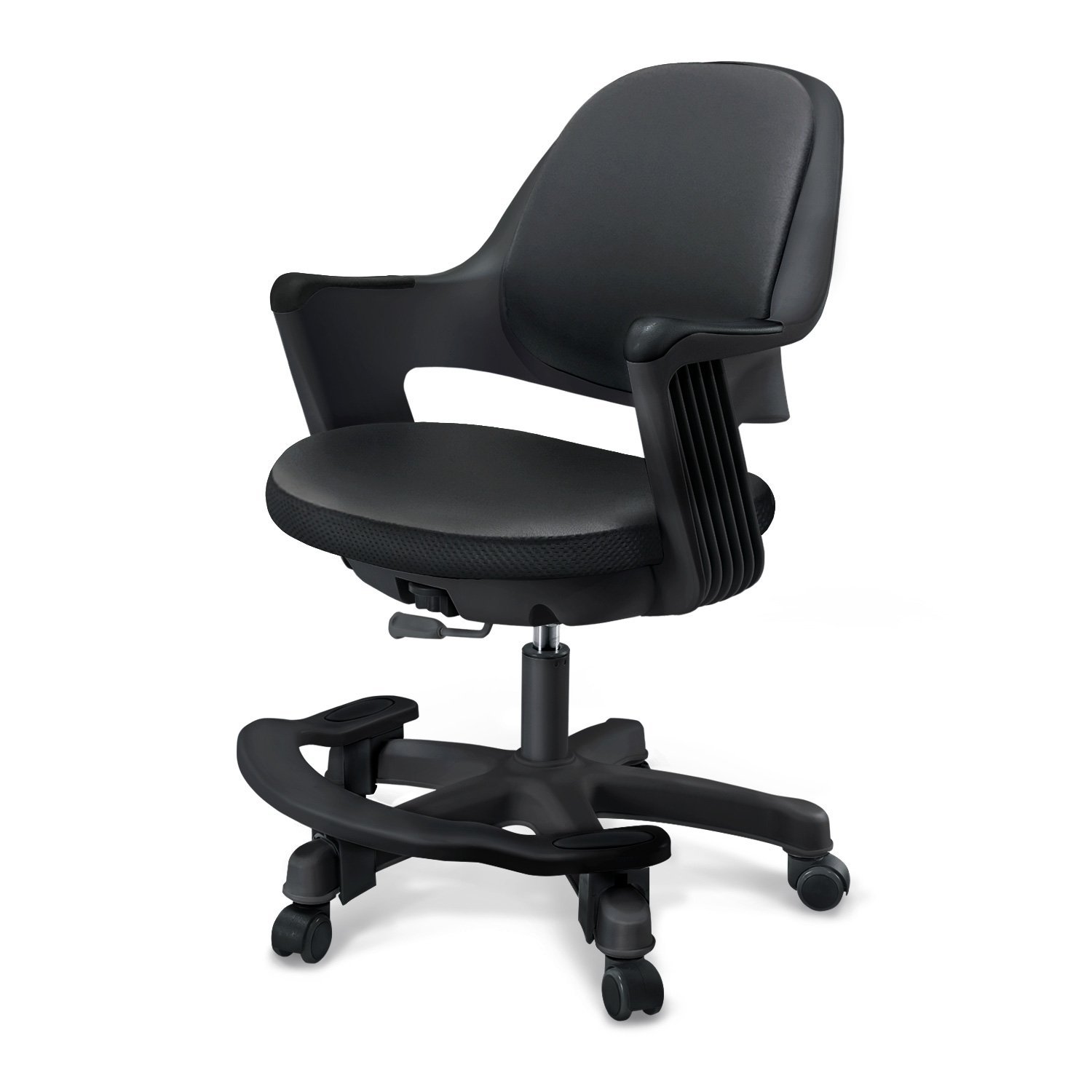
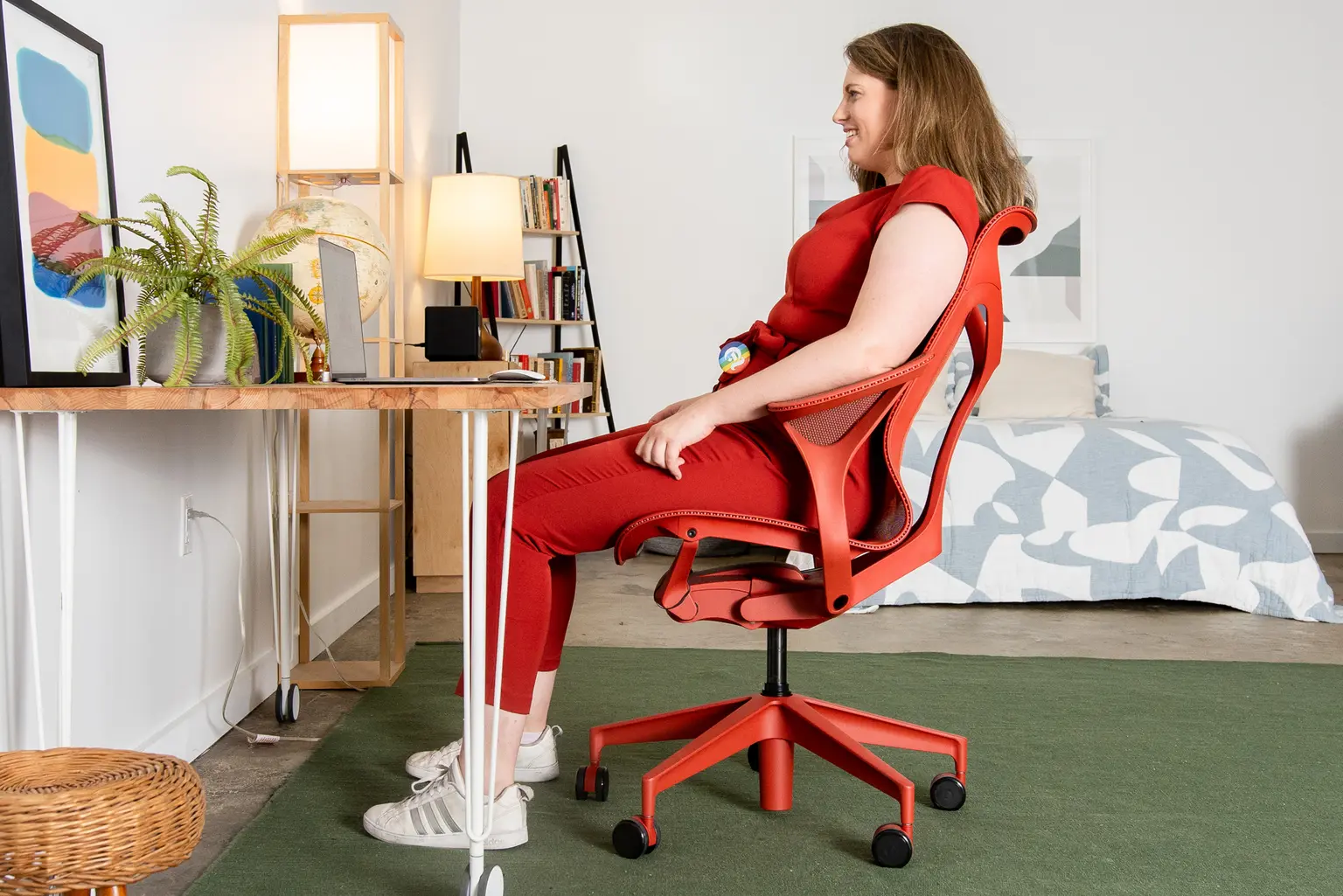
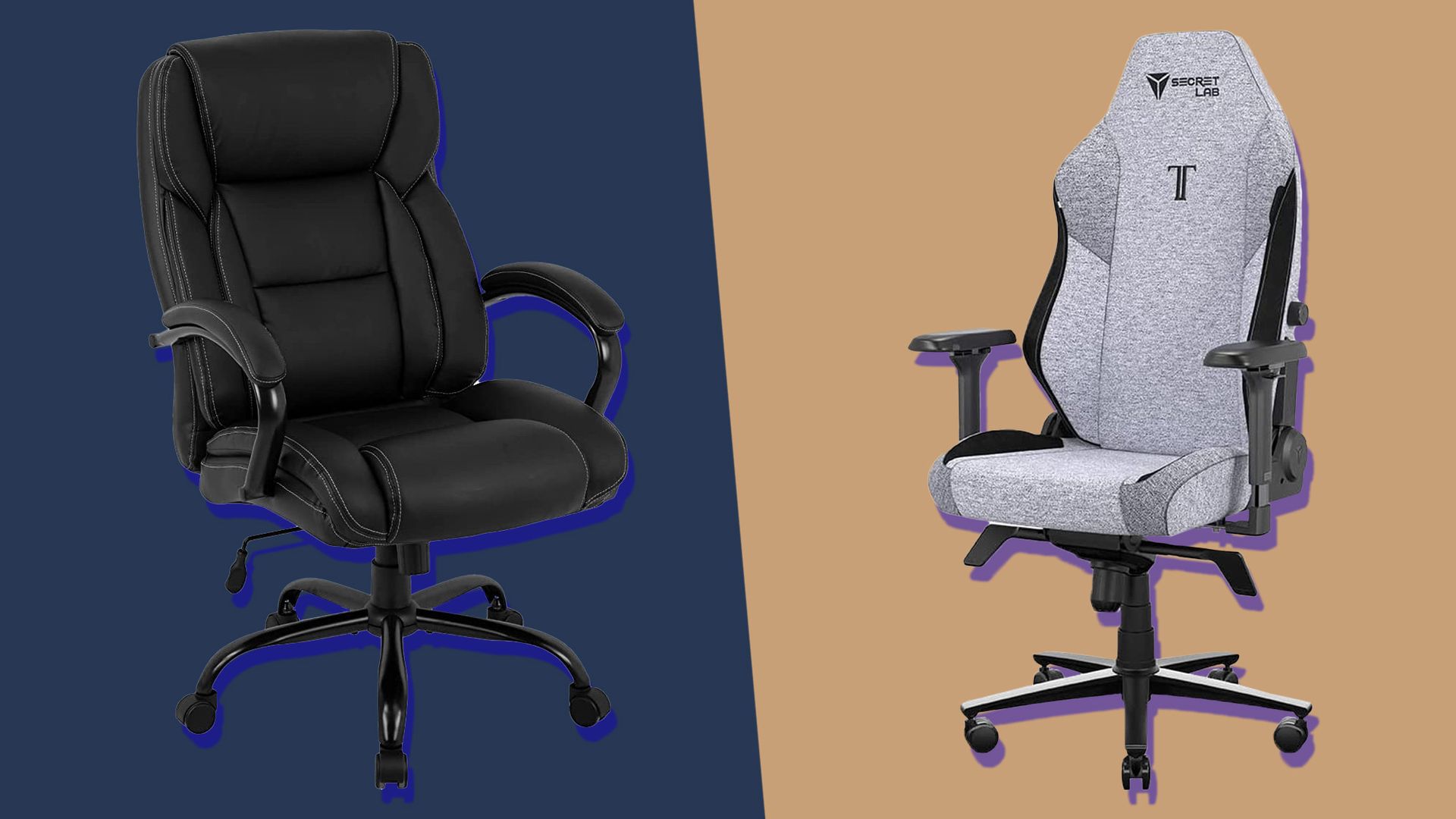
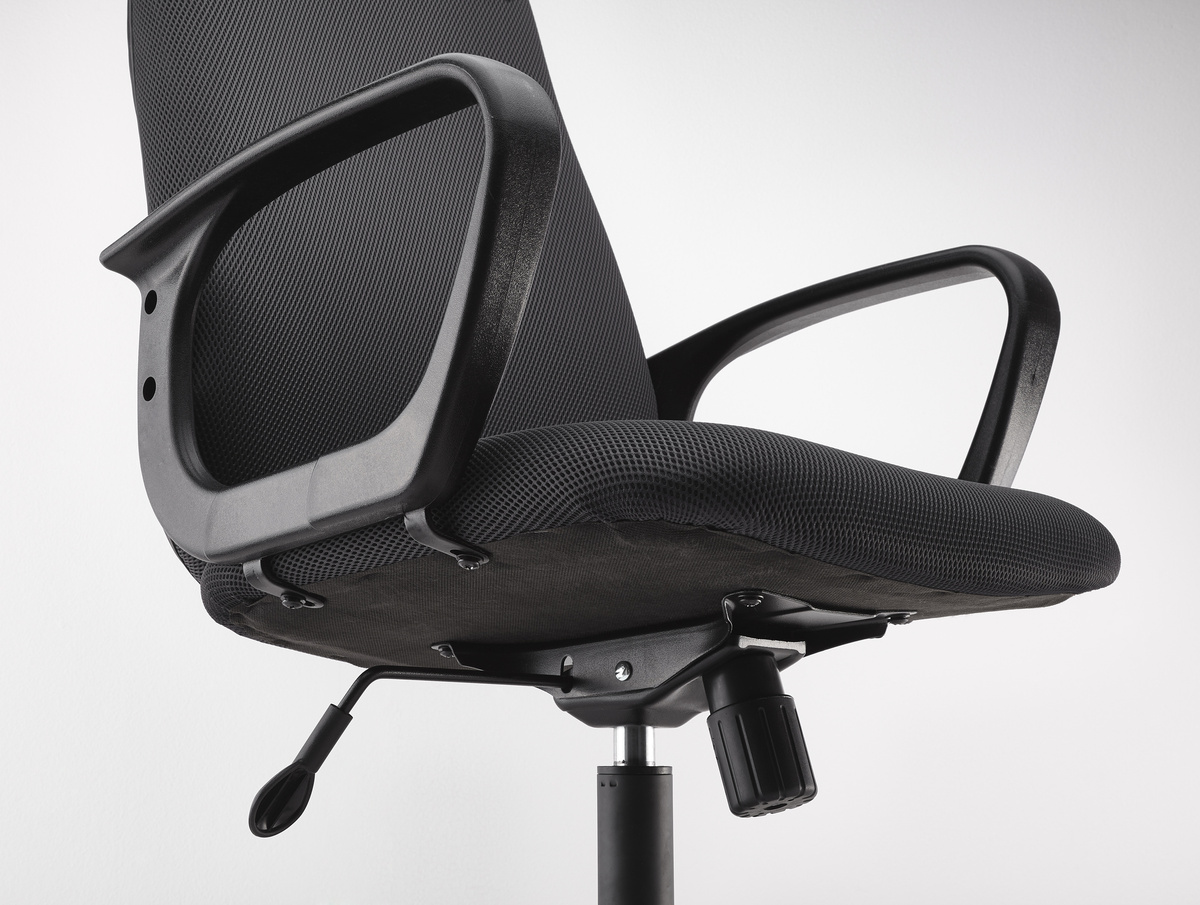
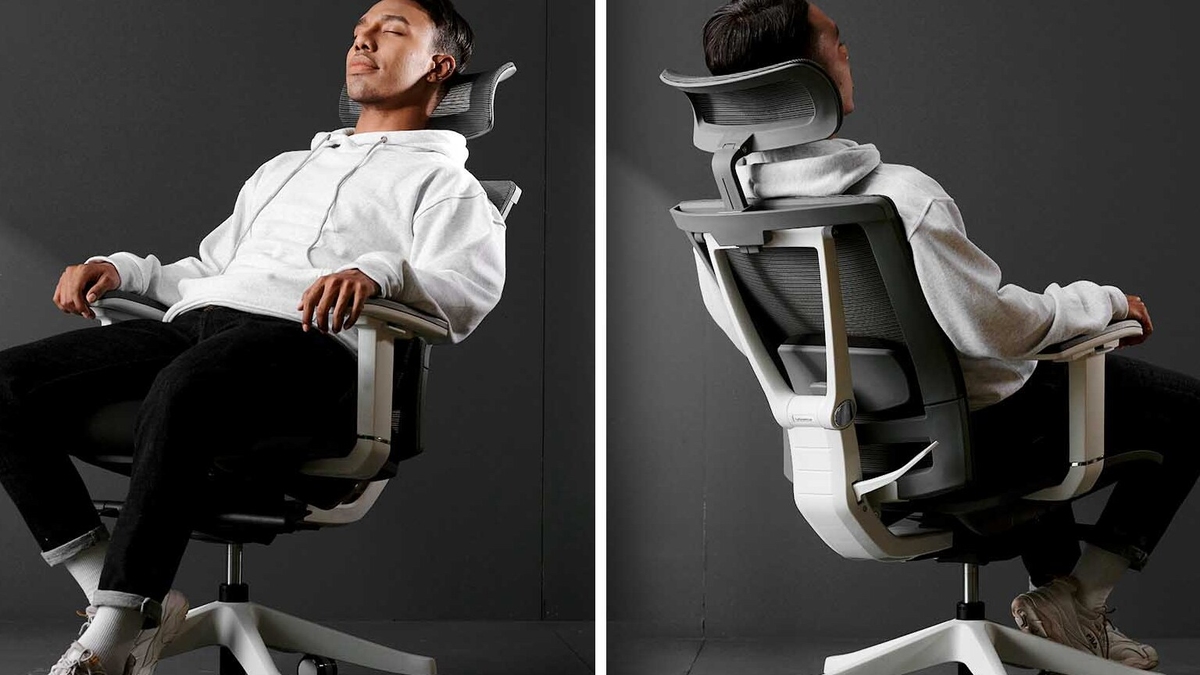
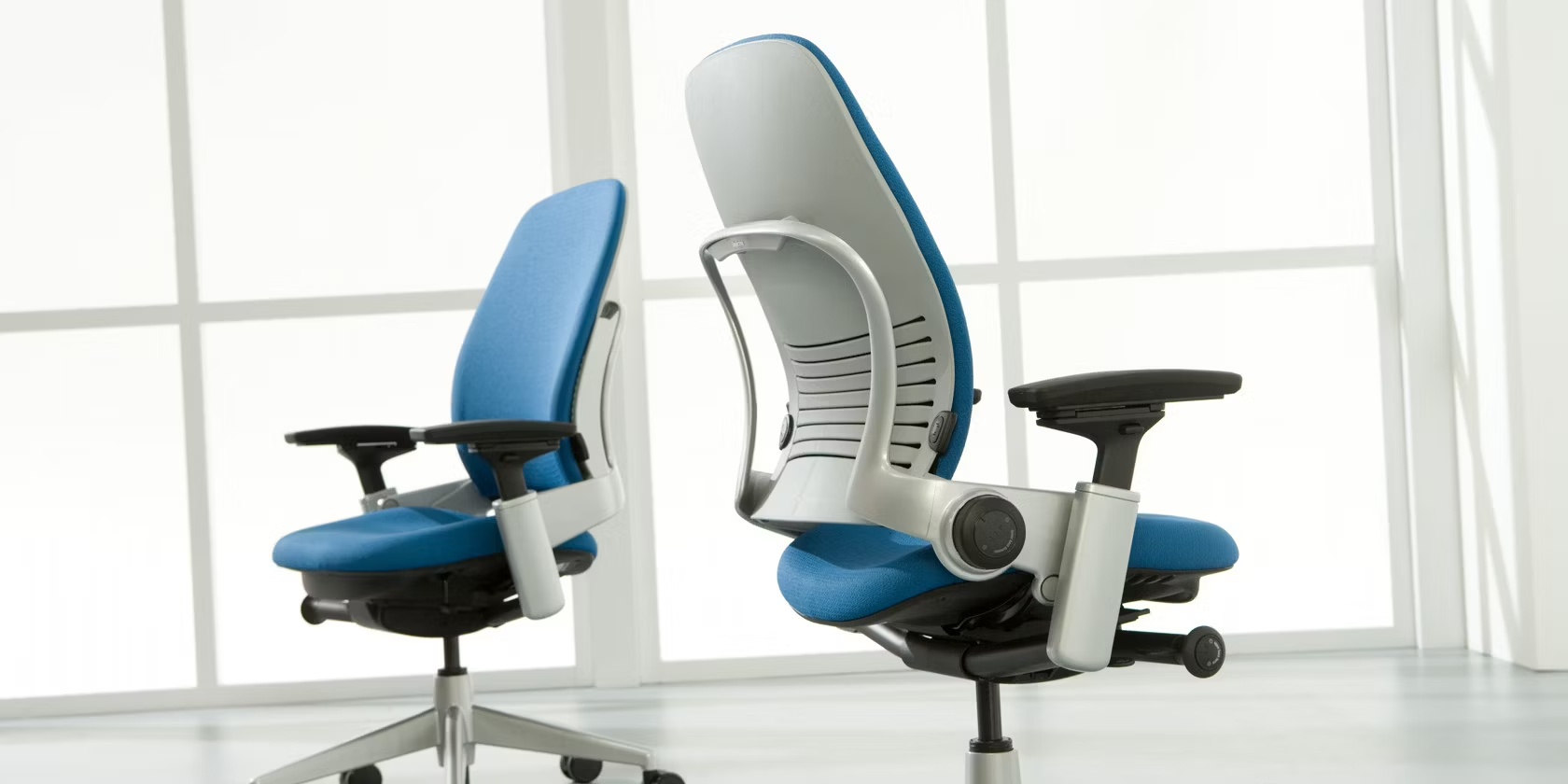
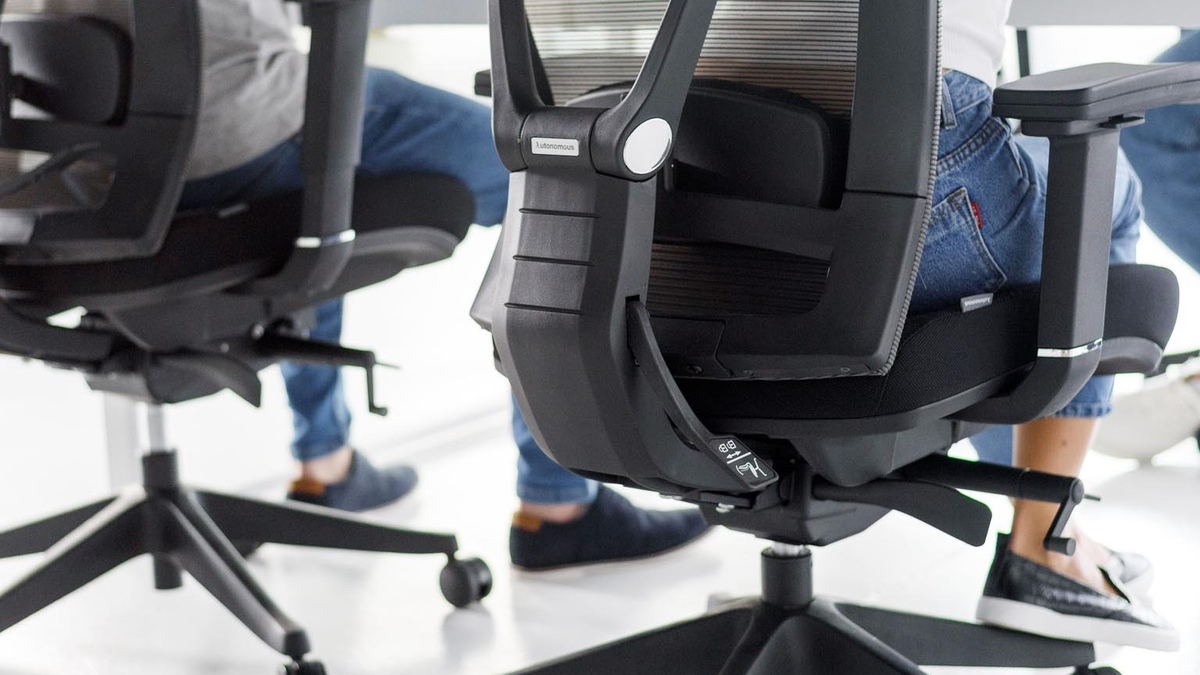
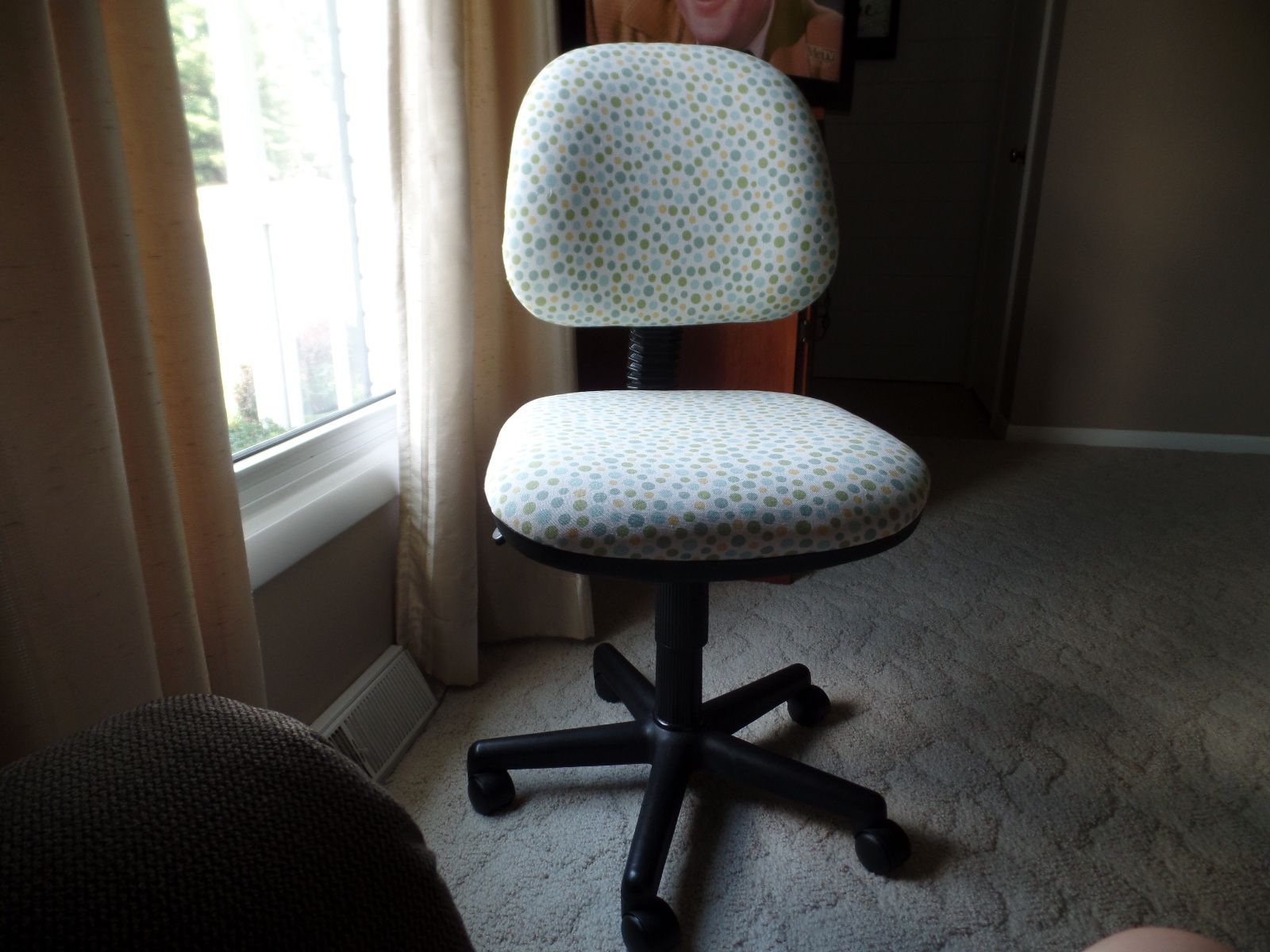
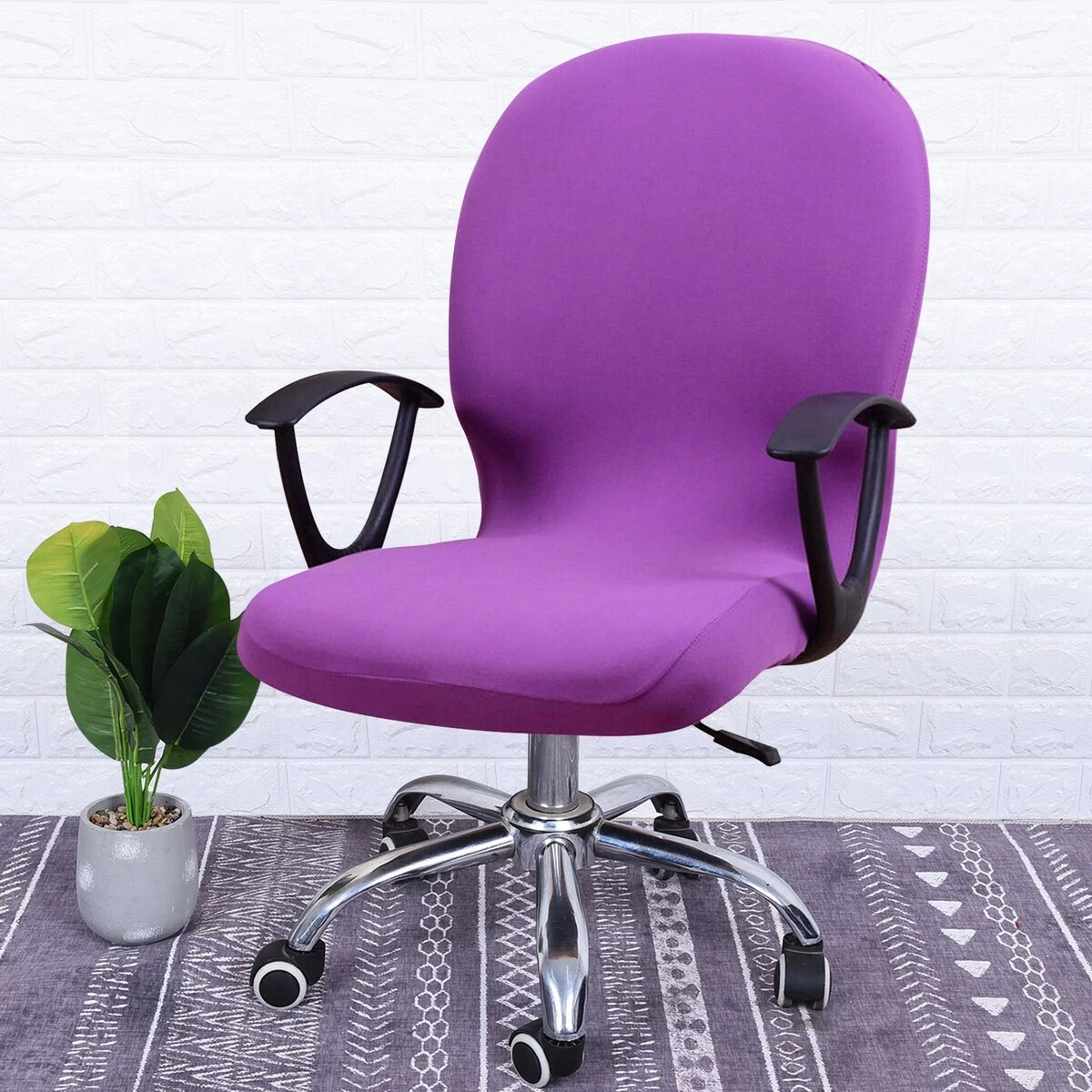
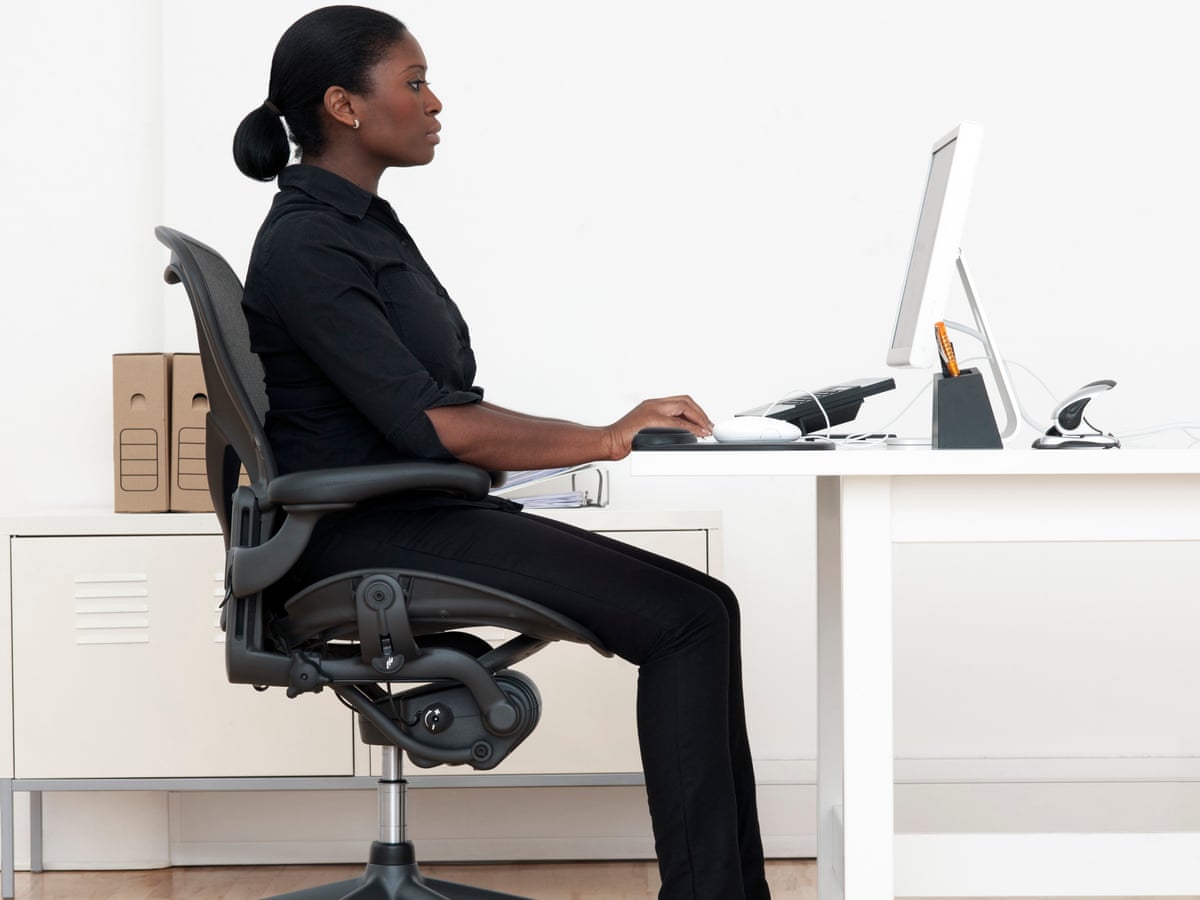
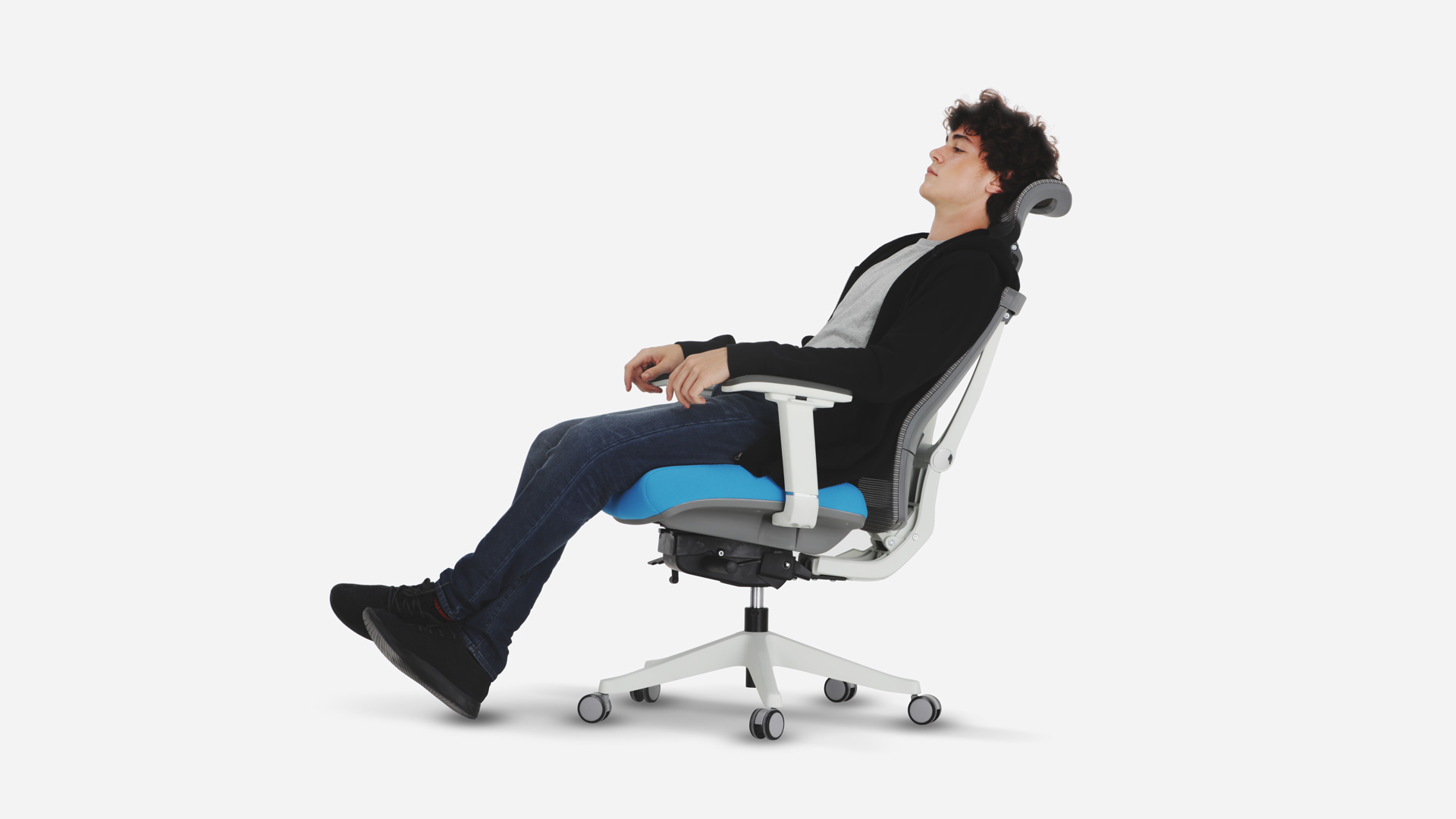
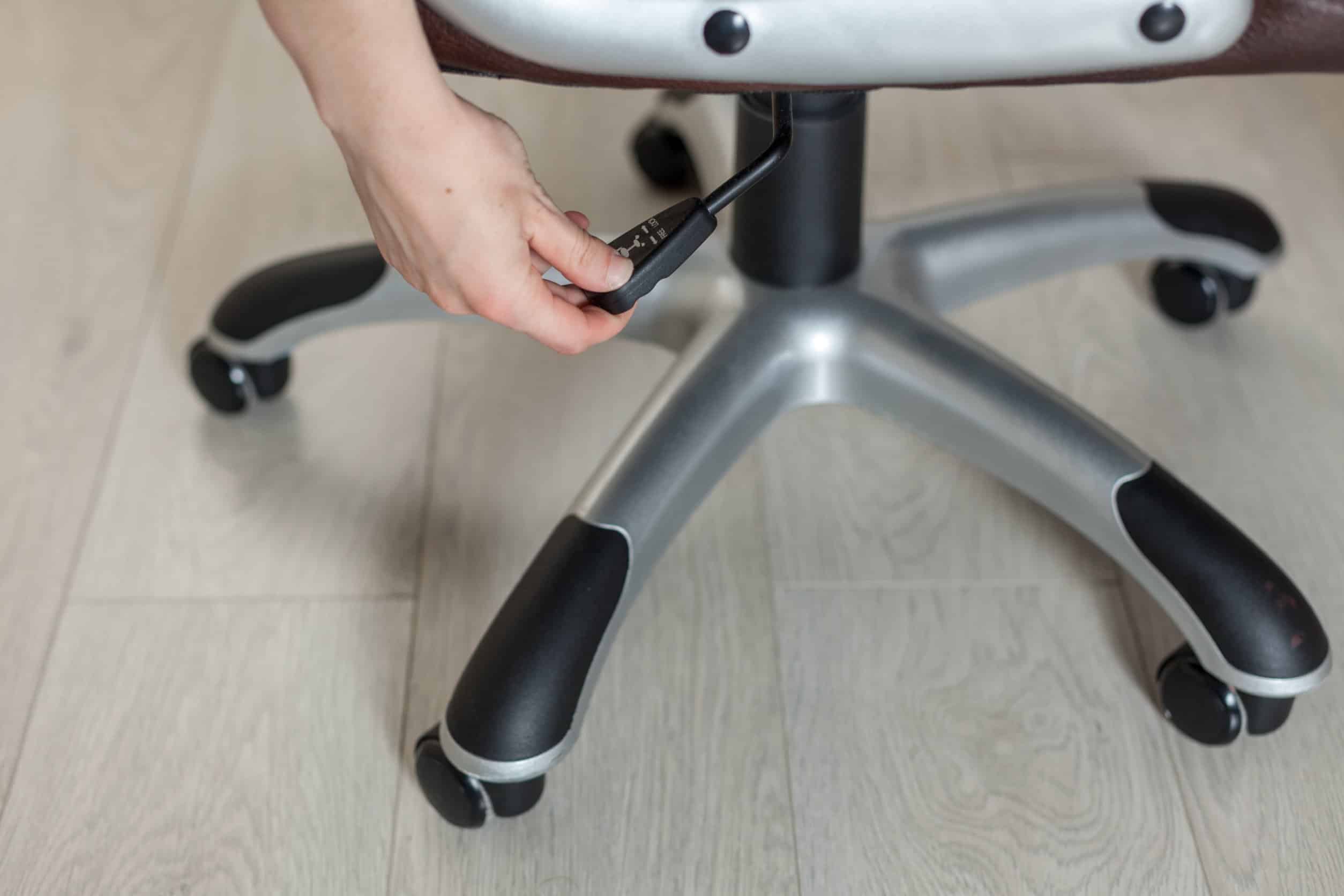
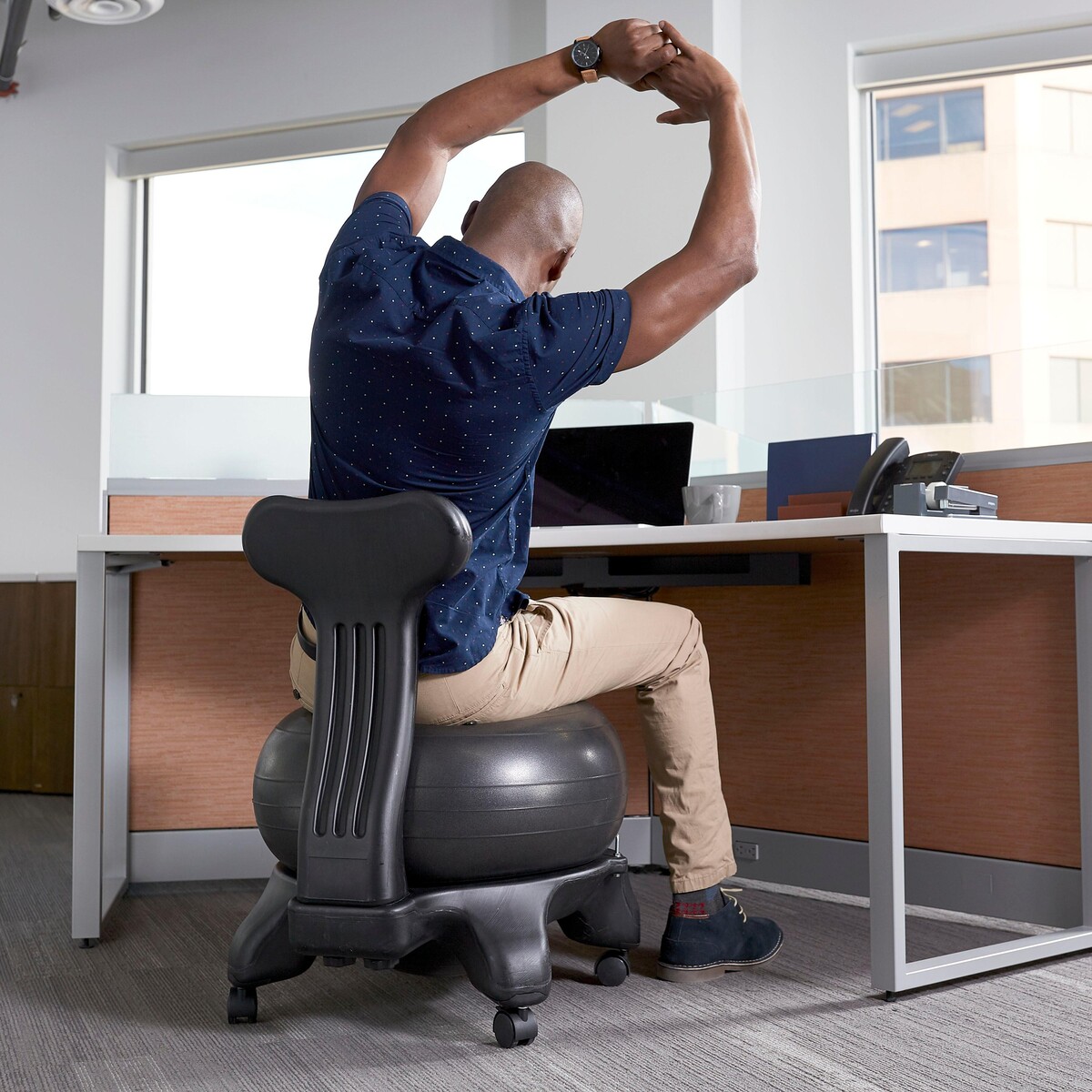

0 thoughts on “What Is The Best Office Chair”